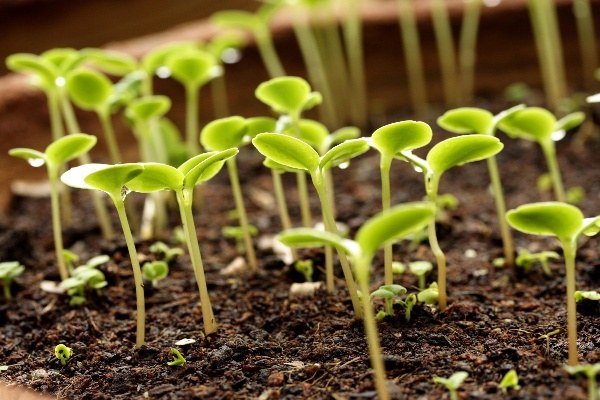Instruction
1
Use potassium chloride for plants, if you want:
- to increase the resistance of cultivated plants to changing weather conditions, diseases and various pests;
to raise the quality and quantity of the harvest;
is to provide long-term storage.
- to increase the resistance of cultivated plants to changing weather conditions, diseases and various pests;
to raise the quality and quantity of the harvest;
is to provide long-term storage.
2
Note to use this kind of fertilizer successfully, you need to understand that the effectiveness depends not only on soil properties but also by the biological properties of vegetable crops. Chlorine, unfortunately, has a negative effect on all plants. Among the most sensitive of representatives to this effect – tomatoes, potatoes, cucumbers, currants, raspberries, strawberries and salads.
3
Be aware that to make the chlorine safe in this case. Potassium chloride fertilize your vegetable crops only in the allotted time. Make him fall in moderate and heavy soil. In this case, the chlorine will be washed by rain from the upper layers in autumn, and then spring. Potassium, on the contrary, will remain in the ground and will be useful to plant next season.
4
Make potassium chloride in spring in light soil and with high content of peat. If you fertilize them in the fall, significant losses of potassium can not be avoided. On such lands it is a little delayed. Therefore sensitive to chlorine vegetables experts recommend to fertilize kalimagnesia or potassium sulfate.
5
Keep that in mind. Potassium chloride presented in the form of crystalline substances, and coarse gray or pink shades. Large granules most effective. They dissolve longer than small, and therefore nutritional potassium they longer available to plants.
6
Correctly calculate the required amount of potassium chloride. The average rate of its introduction in the fall is considered – from 100 to 200 grams per 10 sqm or 15 to 20 grams per 1 sq. m. During the spring fertilizing Deposit of 25 to 35 grams per 10 sq. m. At the re-enrichment of soil under Mature plants, the dose double.
7
For the most comprehensive nutrition of your plants, combine potassium chloride with other fertilizers, except lime, chalk and dolomite. Just remember that a very important point is the mixing before the insertion into the soil.
8
Take potassium chloride with caution! At the danger he represents the 3rd grade. When you use the manufacturers recommend to protect the special goggles and a respirator. Although they claimed that the fertilizer is harmless in contact with skin and does not form harmful compounds in the air.
Note
Potassium is of particular importance! It is consumed by plants much more than other mineral elements.
